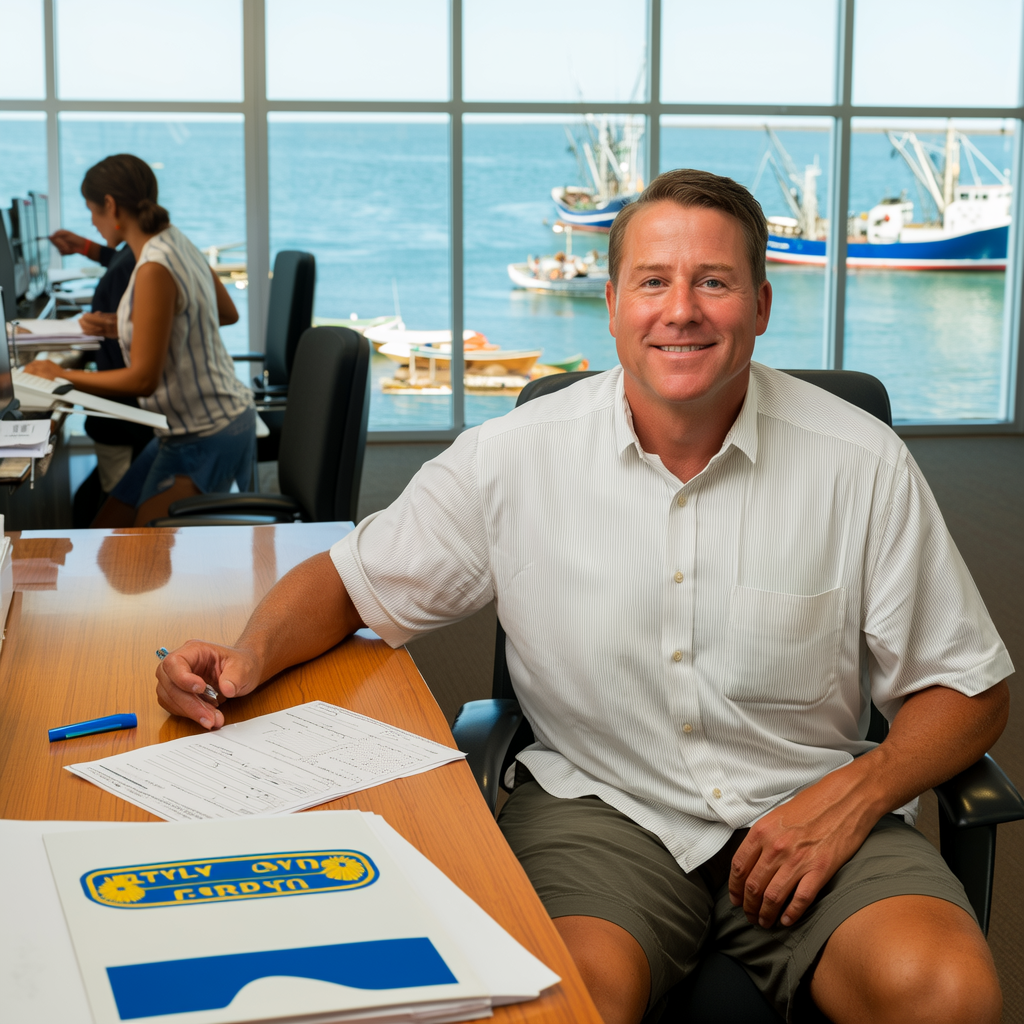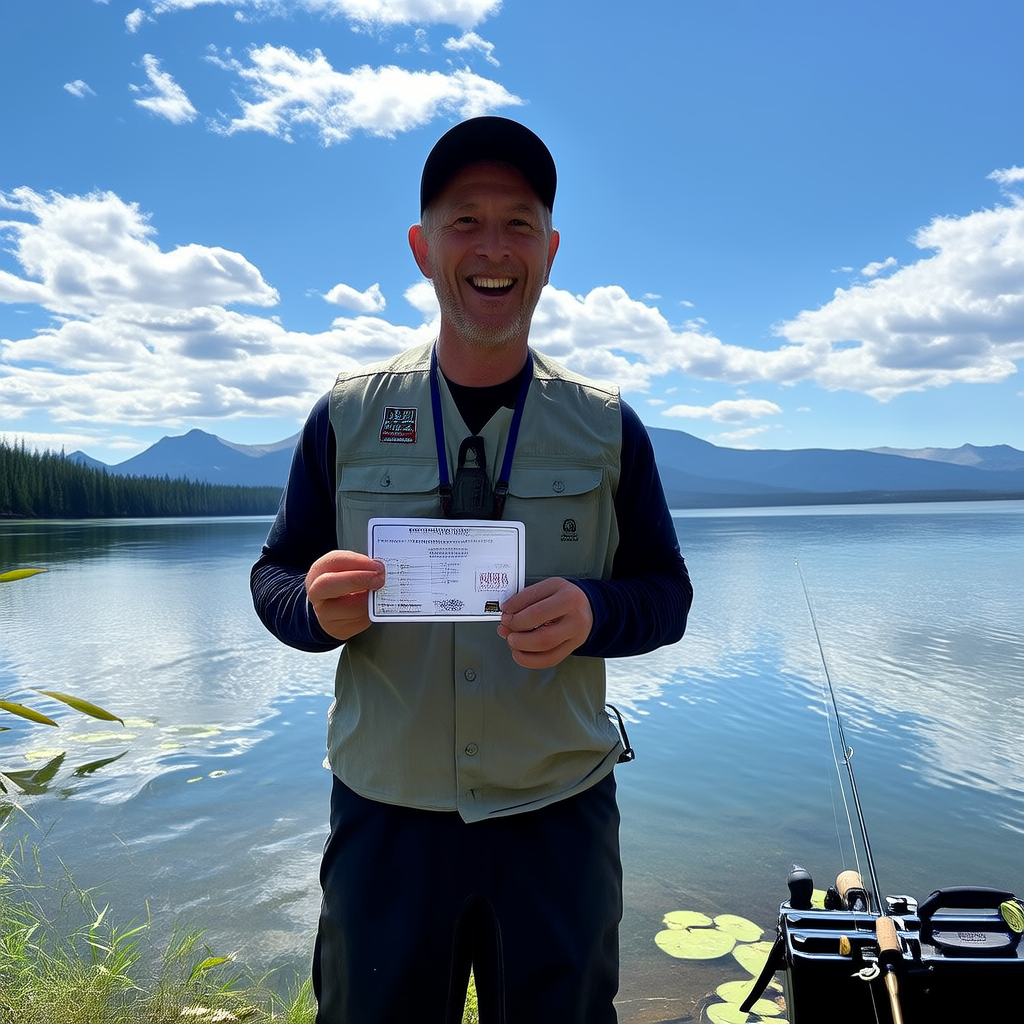Fishing is a popular outdoor activity that millions of people enjoy around the globe. Timing is crucial to a successful fishing trip, whether you are an experienced angler or beginner. Knowing the best time to fish can improve your catch rate as well as your overall experience. This article will examine the various factors that you should consider when determining when to go fishing.
The Importance Of Timing
Fishing requires a good sense of timing because it directly impacts the behavior and feeding habits of fish. Fish are cold blooded creatures and their activity level and feeding habits are affected by environmental factors like water temperature, sunlight and the availability food sources. You can increase your odds of catching a large fish by understanding these factors and choosing when to fish.
Factors to consider
1. Time of Day
The time of day has a great impact on the behavior of fish. Early morning and late evening are generally considered the best times for fishing. Fish are more active during these times and more likely bite. The water temperature is cooler and the fish are more aggressive. This may vary depending on what species of fish you’re targeting.
2. Season
The season is also a major factor in determining when to fish. Fish species differ in their spawning season and migration patterns. It is important to understand the seasonal patterns of the species you wish to catch. Some fish are more active in the spring and fall when water temperatures are ideal for feeding.
3. Weather Conditions
Fish behavior can be affected by weather conditions such as temperature, wind and precipitation. Fish are sensitive to environmental changes, and certain weather conditions can trigger feeding or make fish less active. A warm, sunny day, with a gentle wind, may be ideal to catch certain fish. However, a cold front, or heavy rain, may slow their activity.
4. Moon Phase
Moon phases can also affect fish behavior. Many anglers think that fish are more active at certain phases of the moon, such as during a full moon or a new moon. The theory goes that the increased illumination during these phases or the reduced light during those phases affects both prey and predators’ visibility, making fish more likely feed. This belief is not backed up by much scientific evidence.
Best Times to Fish Freshwater
Certain times of the day are better than others for freshwater fishing. The following sections will discuss when to fish in different freshwater environments.
1. Lakes
Lakes are a great habitat for many different fish species. Early morning or late evening are the best times to fish in lakes. Fish are actively searching near the surface of the water or in shallow areas during these times. As the sun rises, fish may move into deeper waters and become harder to catch. Pay attention to any man-made or natural structures in the lake. For example, submerged rocks and fallen trees can attract fish.
2. Rivers
Fishing in rivers requires a different strategy, as water currents play a major role in fish behavior. The best time to fish in rivers is usually early morning or late afternoon when the water is calmer. Fish are more active at these times, and can be found near the riverbanks and in areas with vegetation. Look for eddies or pools or areas with cover. These are great places for fish to hide and feed.
3. Ponds
Ponds are smaller bodies that can be very productive for fishing. Early morning or late afternoon is the best time to fish ponds. The water is cooler and the fish are more active during these times. Fish species can be found in ponds, so it is important to identify which fish you are aiming for and adapt your approach accordingly.
Best Times to Saltwater Fish
In saltwater fishing, the tidal movement and water conditions are critical. The following sections will highlight when to fish in saltwater environments.
1. Tides
Saltwater fishing is greatly affected by tide movements. It is best to fish saltwater during incoming or ebbing tides. As the tide rises and falls, it creates currents that carry nutrients and baitfish which attract larger predatory fish. Many anglers prefer fishing during high tides, as they can easily access deeper waters where bigger fish may be feeding.
2. Reefs
Reefs are popular saltwater fishing spots, as they offer shelter and food to a variety marine life. The best time to fish near reefs is usually during the falling tide. As the tide recedes it creates a powerful current that attracts larger fish. Look for areas on the reef where there are eddies and areas with structure. This is where fish tend to congregate.
3. Shorelines
It is possible to catch a lot of fish by fishing along the shoreline, especially if you target species that feed near the shore. Fishing along shorelines can be most productive in the early morning and late evening, when fish are actively searching for food. Attention should be paid to any changes in the underwater structure such as rocky outcrops and submerged vegetation. These can be excellent fishing spots.
Tips for Successful Fishing
There are other tips to improve your fishing success besides timing:
1. Research
Research before you go fishing. You should know the species that you are targeting and their habits. Also, learn the best techniques for catching them. To be a successful fisherman, you need to have the right knowledge.
2. Use Proper Equipment
Make sure that you have the right equipment for the type of fishing that you plan to do. Different fish species require different rods, reels and lines. The right equipment will increase the chances of catching a fish.
3. Practice Patience
Fishing requires patience. Be prepared to wait. It may take some time before you catch a fish. Enjoy the tranquility of the nature and the surroundings while you wait.
4. Observe nature
Be aware of the behavior and movements of birds, animals and other wildlife near the water. They can indicate the presence of feeding fish. Fish may be feeding below if birds dive into the water, or circle above a certain area.
5. Follow the Regulations
Make sure you know the fishing regulations for your area. Respect any size restrictions or seasonal protections, as well as catch limits. Conservation efforts are vital for the sustainability and growth of fish populations.
Conclusion
When it comes to fishing, timing is key. You can improve your chances of having a successful fishing trip by understanding the best time to fish based on factors like the time of day, weather conditions, season and moon phase. Do your research, use the right equipment, be patient and follow fishing regulations. These tips will help you to maximize your fishing experience, and increase your chances of catching a trophy fish.




